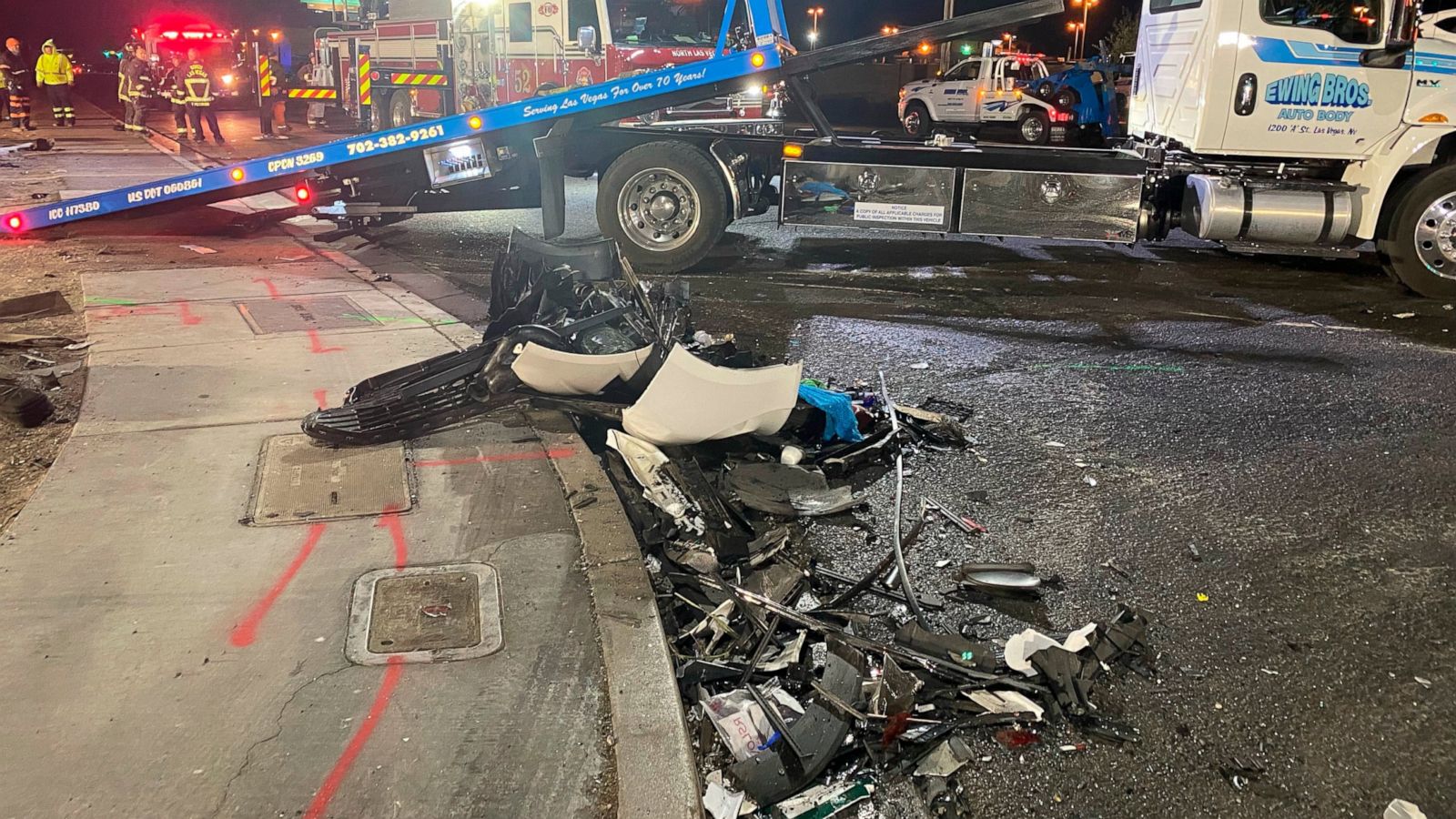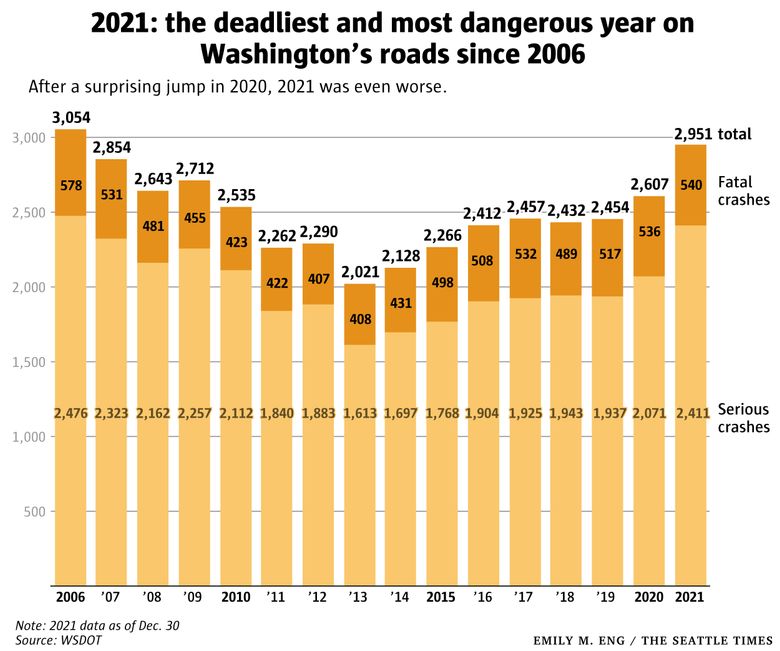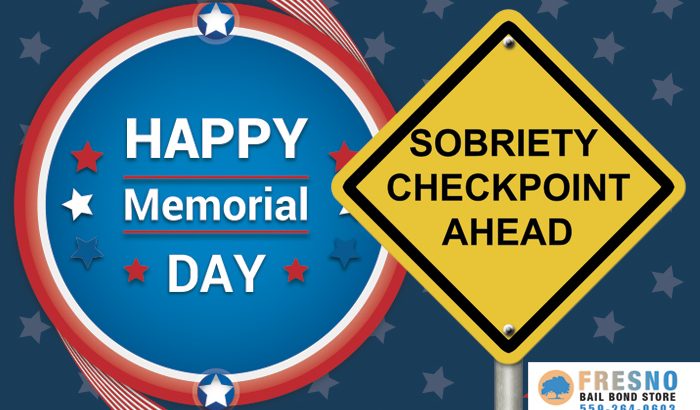Photo: Automotive Fleet
A very informative article in the Olympian reported that Washington State’s alcohol-related driving deaths surged as national trends declined.
THE DATA
The National Highway Traffic Safety Administration this year published data showing fatalities in drunk-driver-involved crashes dropped 7.6% during that time frame: from 13,458 to 12,429 deaths. However, Washington witnessed the opposite trend between those two years. Fatalities involving an alcohol-impaired driver increased 18.5% from 2022 to 2023, jumping from 205 to 243, per data from the Washington Traffic Safety Commission (WTSC).
WHAT EXPLAINS THE INCREASE?
In general, Washington saw its total traffic deaths and impaired-driving-related fatalities increase more than the national average during and after COVID. The overall number of traffic fatalities in the state increased dramatically between 2019 and 2023, climbing from 538 to 809. The year 2023 saw the highest number of such deaths since 1990. Apparently, many people’s behavioral health suffered during the pandemic. Washington encountered a steep rise in traffic deaths involving an alcohol-impaired driver starting in 2020, when COVID-19 first hit.
Other risky driving behaviors also have ballooned in recent years. Speeding driver-involved fatal crashes, for instance, spiked from 2019 to 2023. Also, impaired driver-involved traffic fatalities — a category that includes drivers on drugs — shot up from 254 in 2019 to 410 in 2023, a 61.4% increase.
Impairment in this category is defined as being under the influence of one or more drugs and/or having a blood alcohol concentration (BAC) of at least 0.08%, or being flagged as impaired by law enforcement.
WA LEGISLATURE PUSHES FOR TRAFFIC SAFETY
Washington state lawmakers last session pursued legislation aimed at improving road safety. One stalled proposal, Senate Bill 5067, revived the push to lower the legal BAC level for drivers from 0.08% to 0.05%. Utah now abides by a 0.05% standard, as do certain states and provinces in Mexico and Canada.
Alao, a new state law that will require intelligent speed-limiters placed in vehicles for people convicted of reckless driving or who’ve had multiple infractions including excessive speeding. GPS-based devices under House Bill 1596, which takes effect in 2029, will prevent such drivers from zooming past the posted limit.
In addition, WTSC is backing up-and-coming car technology that identifies when a driver is legally impaired. If someone were deemed to be drunk, then their vehicle wouldn’t operate, thanks to “breath-based” tech from DADSS: the Driver Alcohol Detection System for Safety.
Please contact my office if you, a friend or family member are charged with Vehicular Homicide or any other crime. Hiring an effective and competent defense attorney is the first and best step toward justice.
















